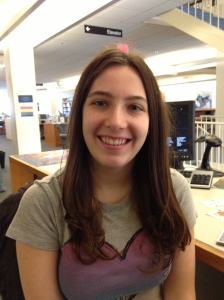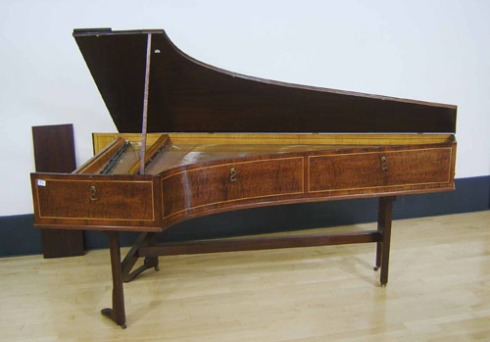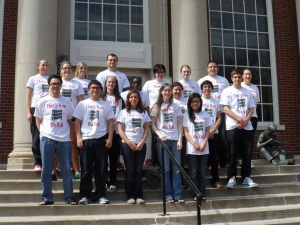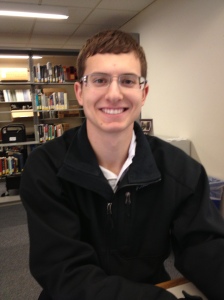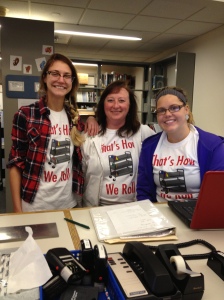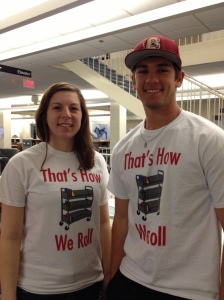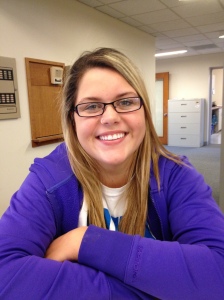I have been working in the George T. Henry Archives in the basement of Stewart Memorial Library for most of this spring semester, wading through and re-organizing just one box of William Shirer correspondence from the 1960s (hey, it has 19 folders!). And let me tell you, that box was a treasure trove of cool letters, pretty handwriting, and plenty of snarky things.
William Shirer is a notable Coe alum, well-known among the history folk for his monumental work The Rise and Fall of the Third Reich, published in late 1960. He wrote mountains of letters and received a ridiculous amount of fan mail praising him and his book, all of which I think I’ve touched at least half a dozen times. So I’d like to share with you some of the more memorable pieces of correspondence in the 1960s box, and maybe you’ll come down and wade through the collection yourself one day to see what snark and praise you can find.
[caption id="" align="alignnone" width="650"]
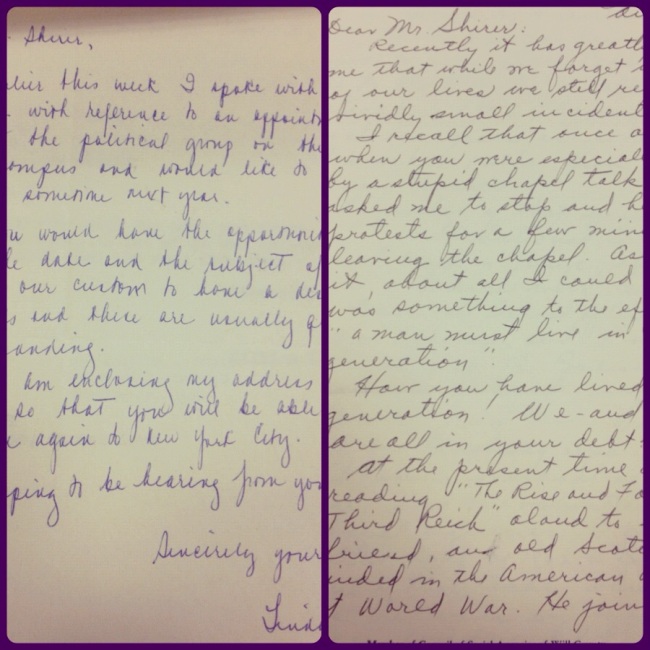
Here are two letters from the collection written to Shirer. So many of the handwritten letters in the collection are just gorgeous to look at, it doesn't really even matter what they say![/caption][caption id="" align="alignnone" width="650"]
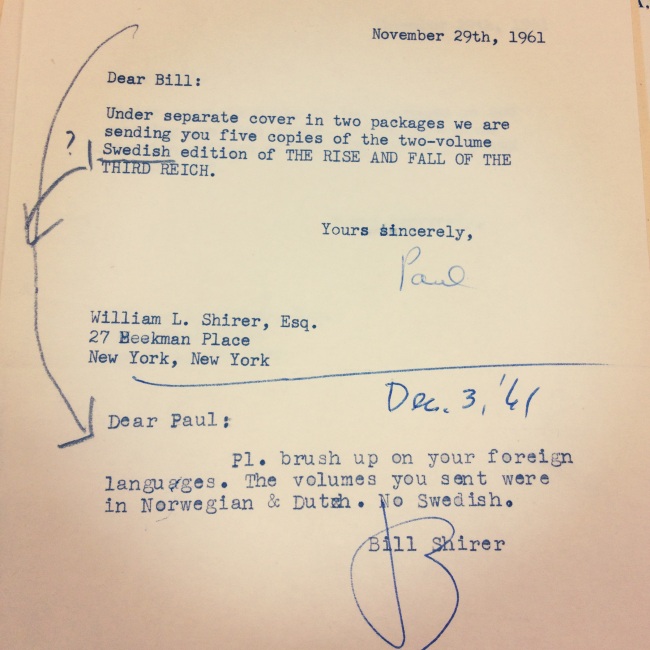
Just one example of Shirer's snark. Can't everyone tell the different between Swedish and Norwegian?![/caption]
[caption id="" align="alignnone" width="650"]
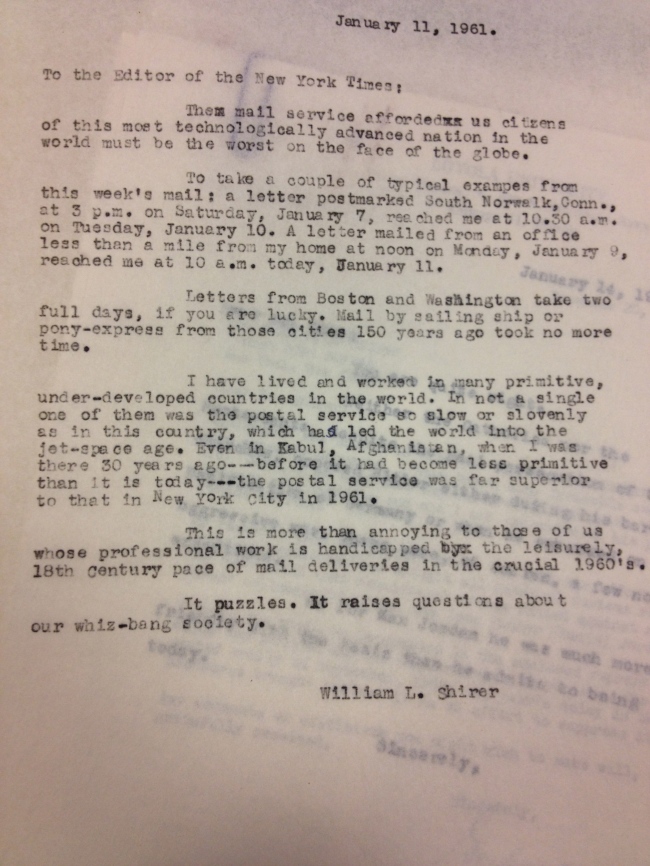
One of my absolute favorites, in which Shirer compares 1960s NYC mail delivery to 1930s Afghanistan... unfavorably. Plus, "Whiz-bang society"? You can't beat that.[/caption][caption id="" align="alignnone" width="650"]
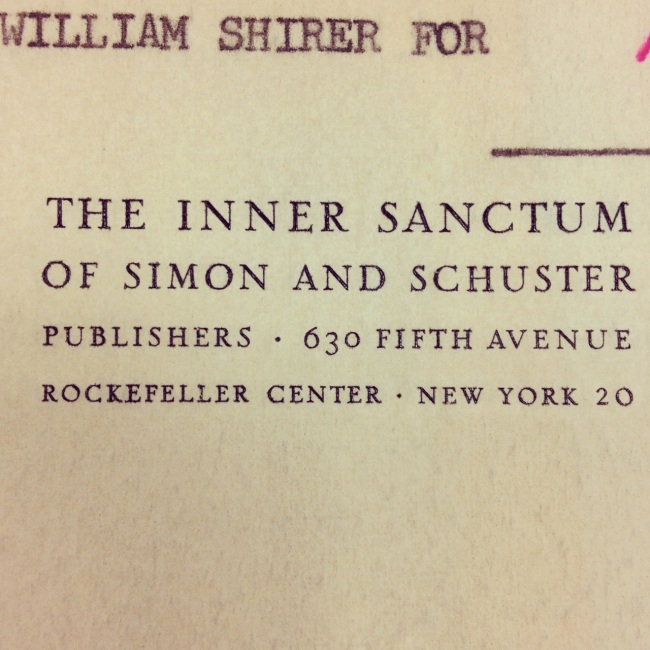
One of the coolest letterheads. How cool would it be to have letters that say, "from the Inner Sanctum of Stewart Memorial Library, Coe College"?[/caption]
These are just four examples of the pretty letters, snarky letters, and cool letterheads that can be found throughout the Shirer collection and the George T. Henry archives as a whole. Come down, check it out, and maybe even find something to research in the meantime! ~Kristine
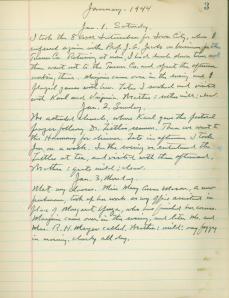 Founder's Papers (1851-1881), LeRoy Weld Diaries (1894-1955), Western College Collection (1857-1906) , and the Paul Engle Papers (1927-1991) all have two things in common. They are collections housed in the George T. Henry College Archives , and they are featured on the archive's Primary Resources Pinterest page. A sampling of what the archives hold, each of these collections has an on-line finding aid that can be accessed anywhere, and for anyone near Coe College (or looking for a destination for a road trip) primary resources that can be viewed, held and scrutinized outside of the digital world.
Founder's Papers (1851-1881), LeRoy Weld Diaries (1894-1955), Western College Collection (1857-1906) , and the Paul Engle Papers (1927-1991) all have two things in common. They are collections housed in the George T. Henry College Archives , and they are featured on the archive's Primary Resources Pinterest page. A sampling of what the archives hold, each of these collections has an on-line finding aid that can be accessed anywhere, and for anyone near Coe College (or looking for a destination for a road trip) primary resources that can be viewed, held and scrutinized outside of the digital world.



